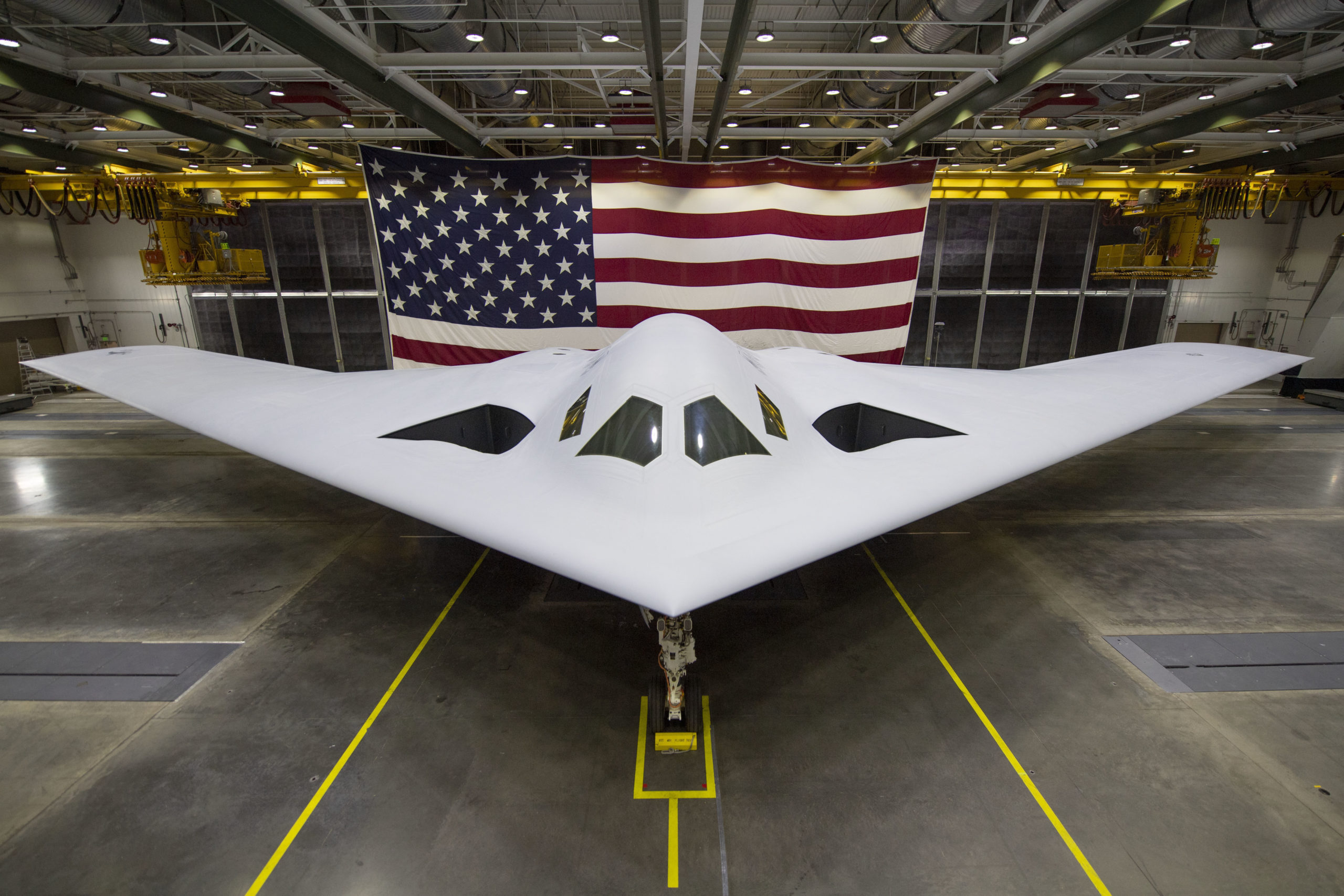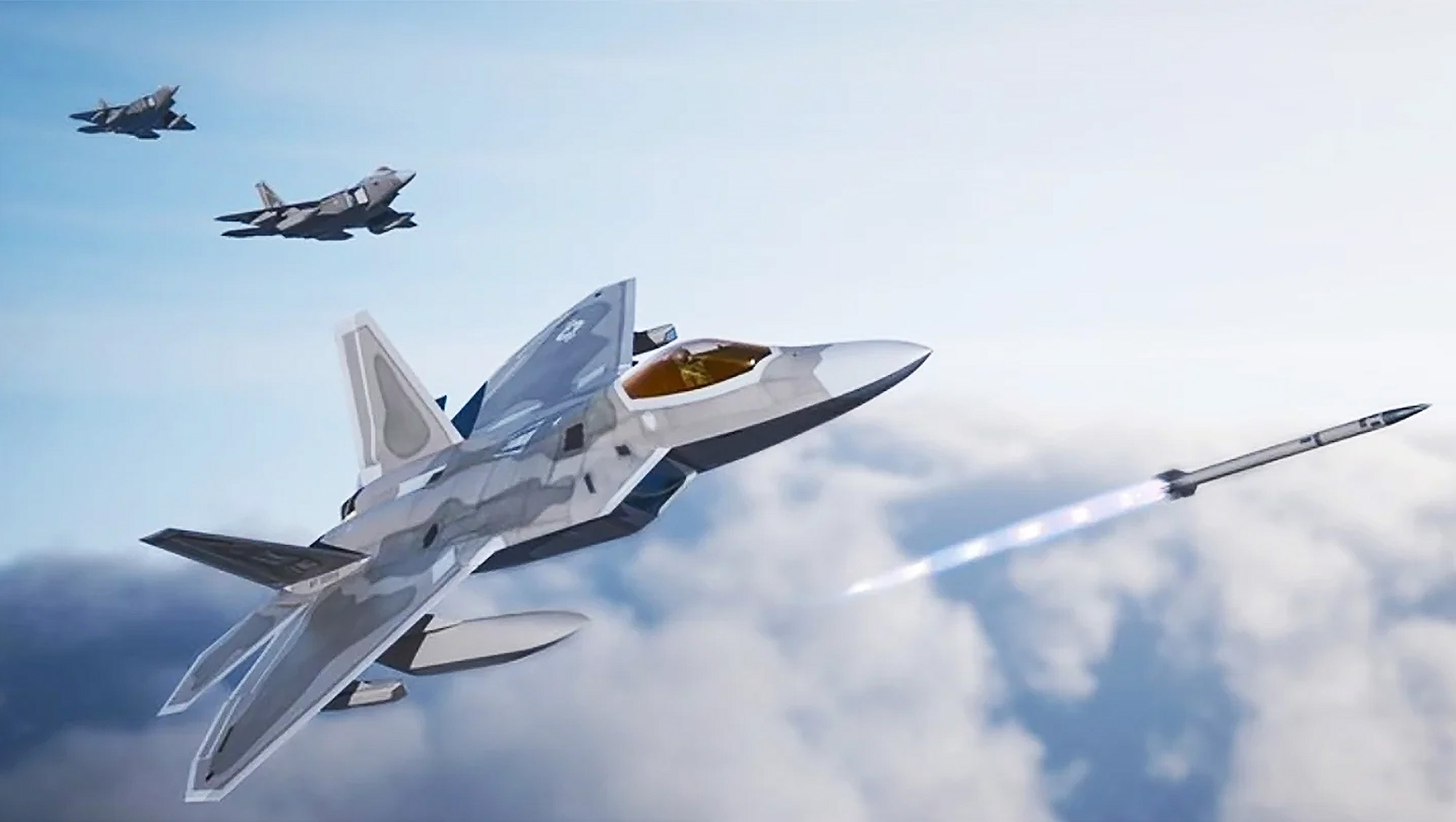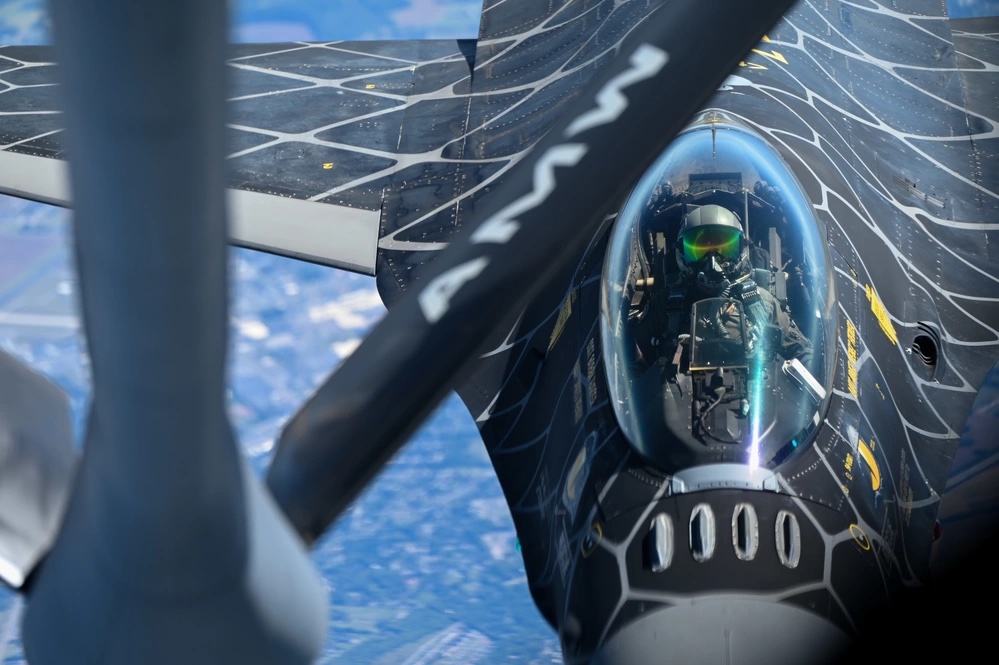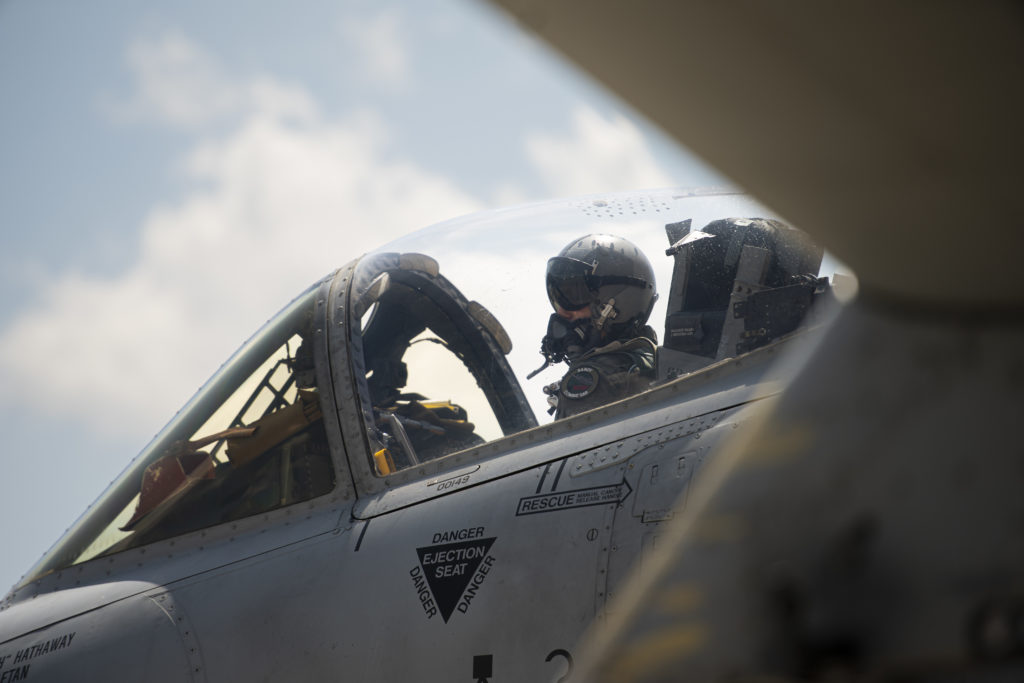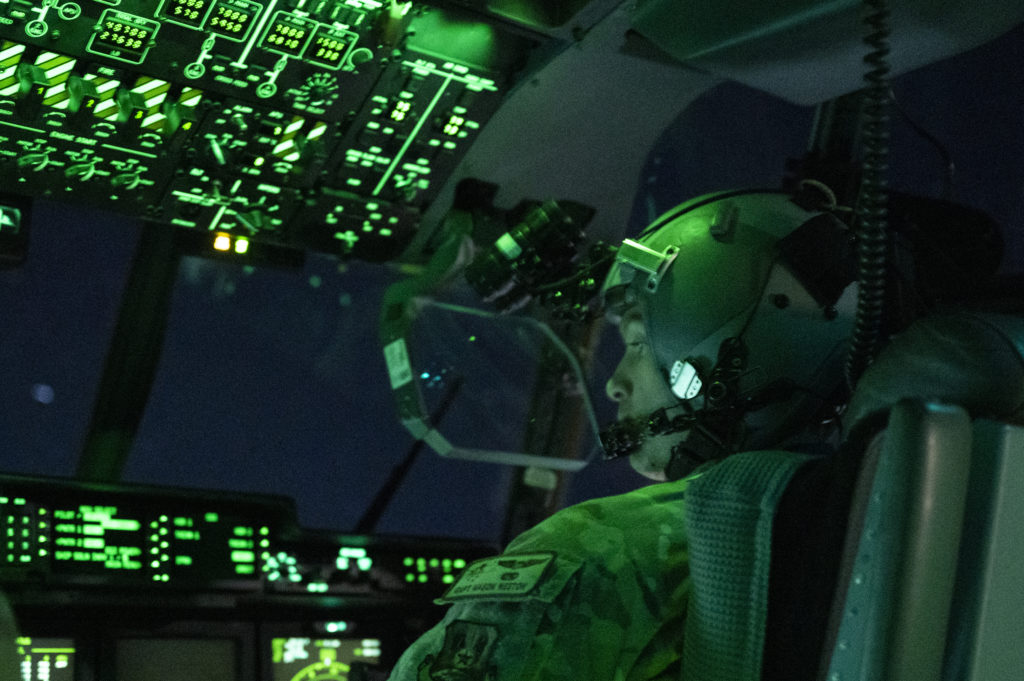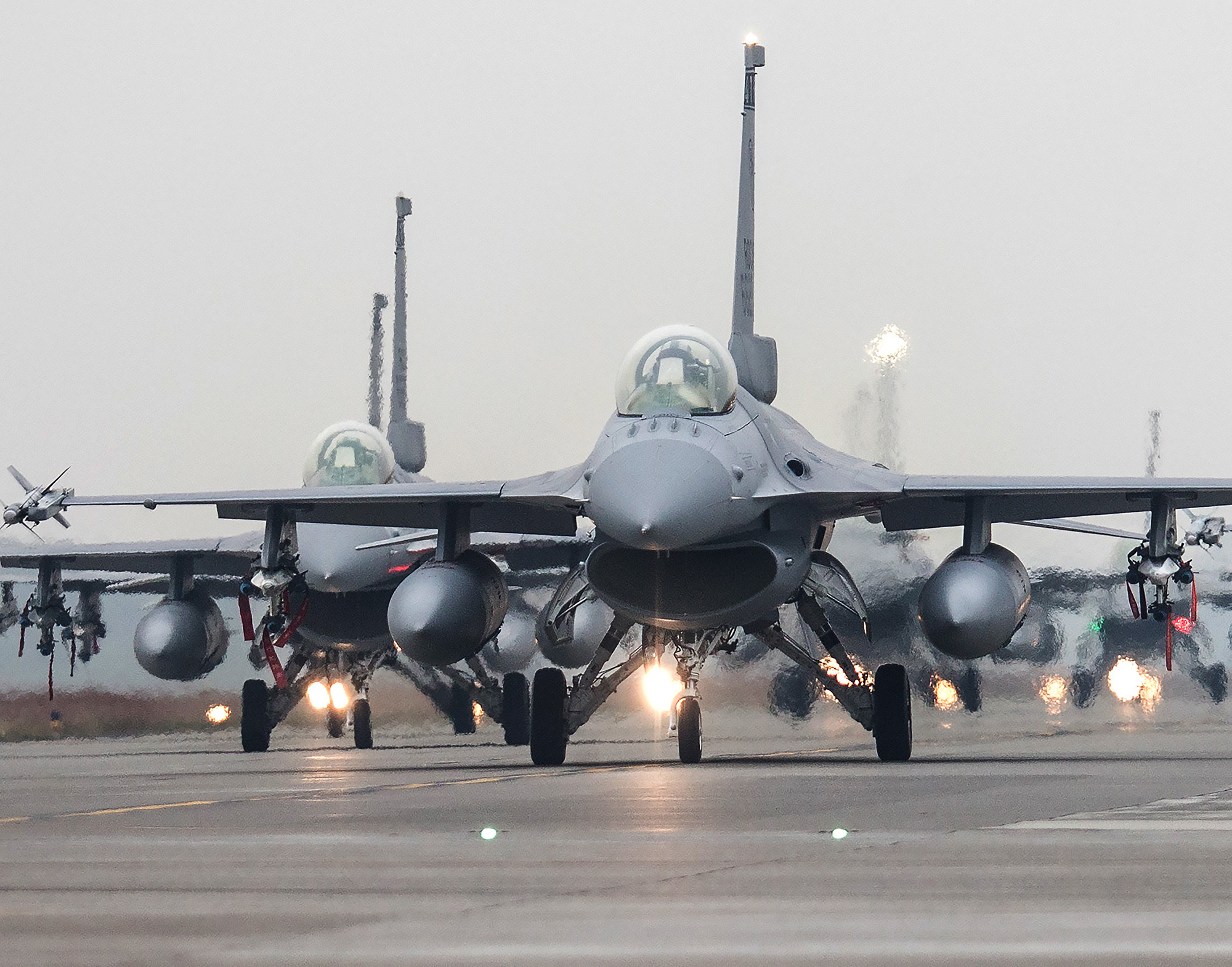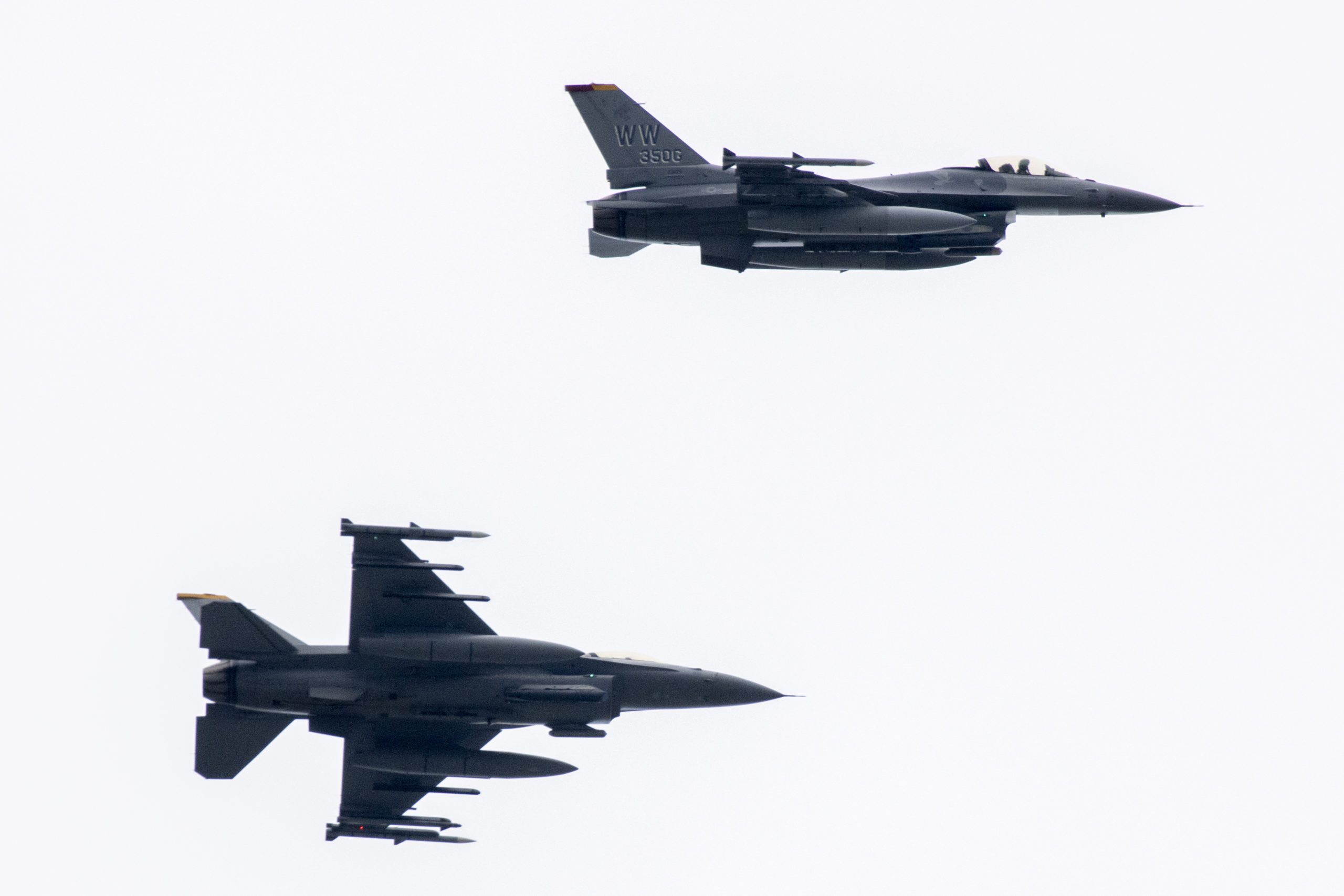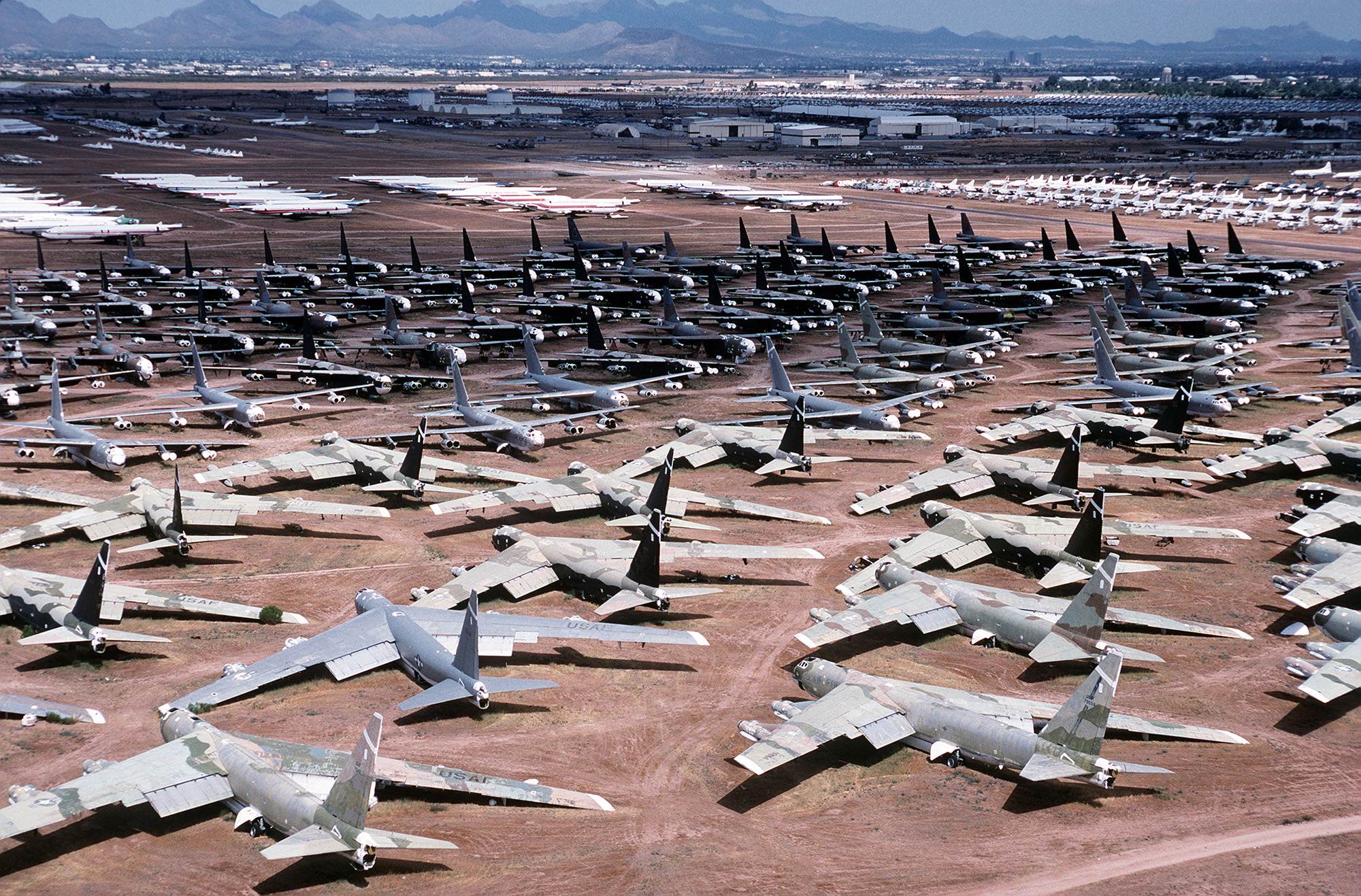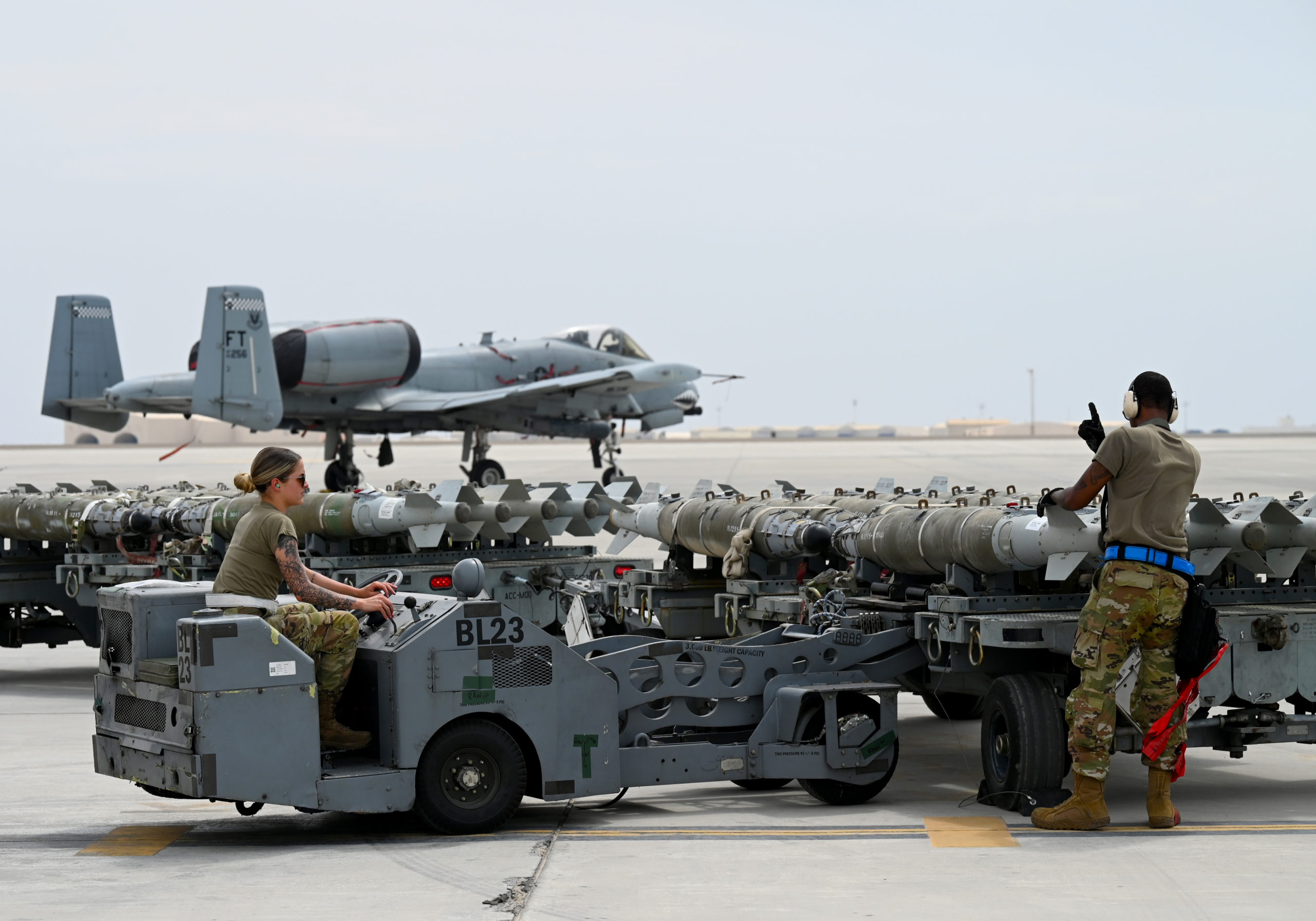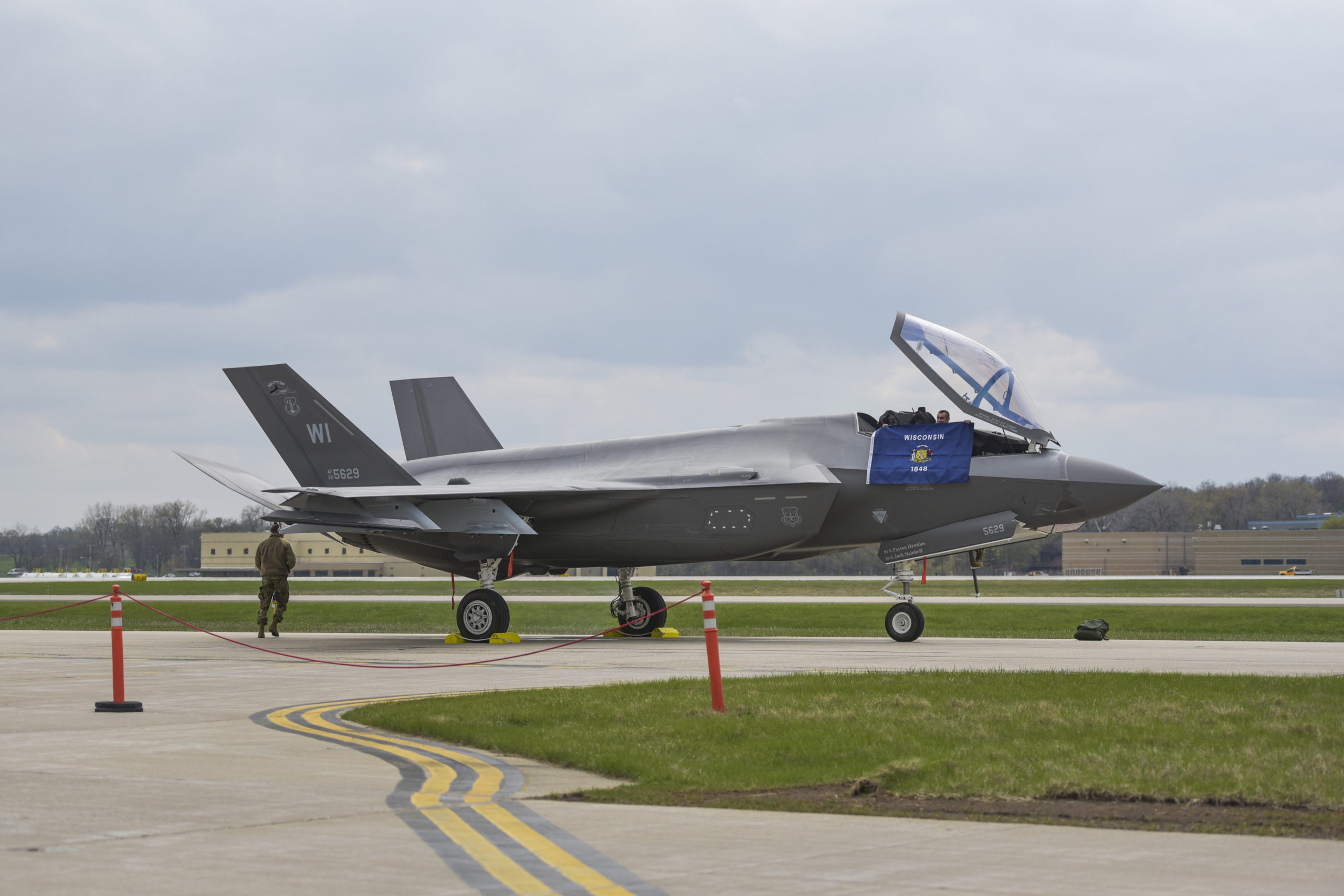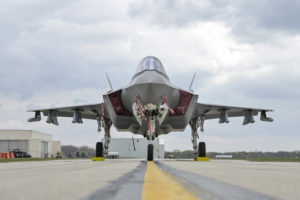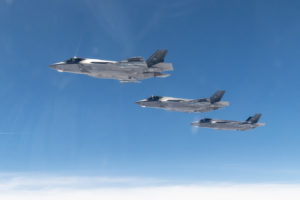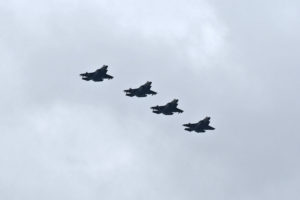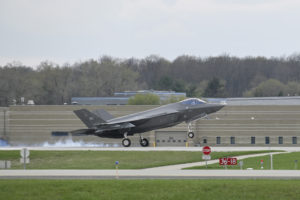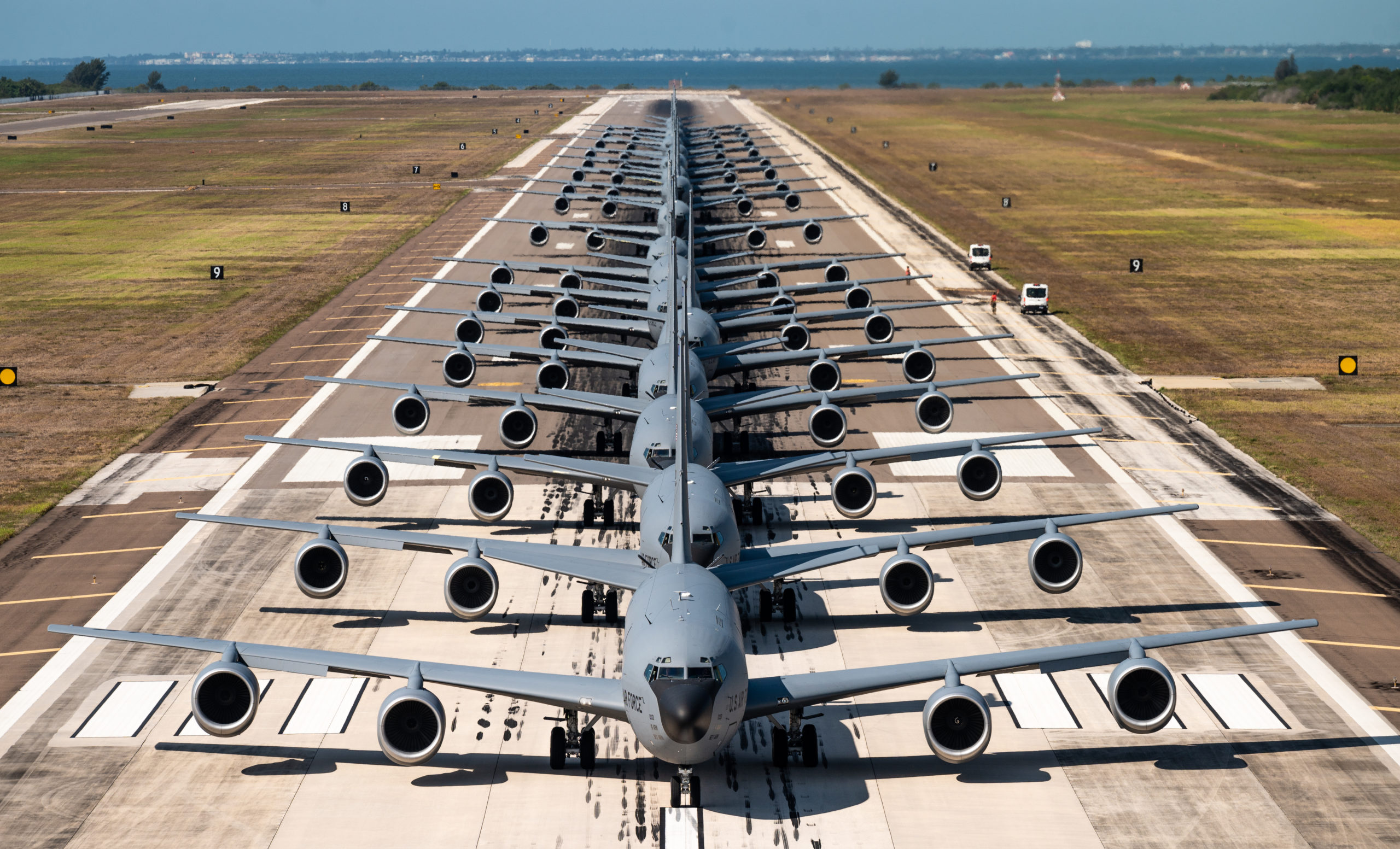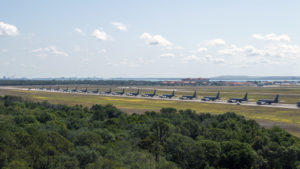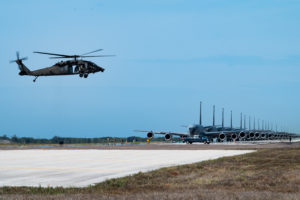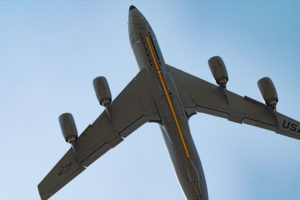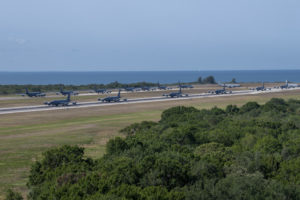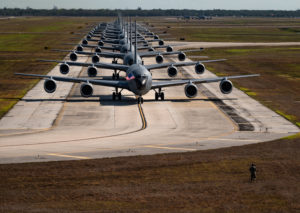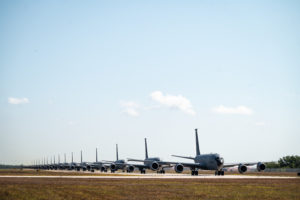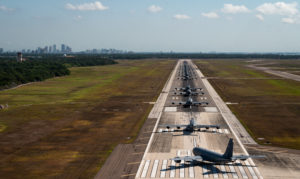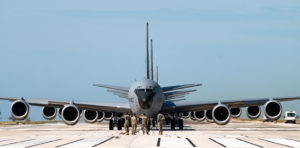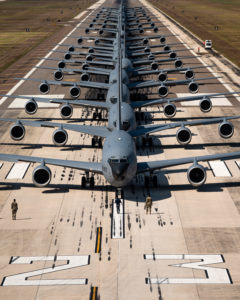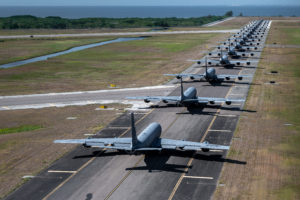The Air Force may shift its fighter-to-bomber ratio more toward bombers and longer-range platforms in the future—but not soon, because the B-21 production line is only set up for “modest” production rates, Air Force Secretary Frank Kendall told the Senate Armed Services Committee on May 2.
“I’m not sure that the future Air Force will look all that much like the one we have today,” Kendall said in response to a question from Sen. Joni Ernst (R-Iowa), who noted that the Air Force’s fighter-to-bomber ratio now hovers around 15-1.
“One of the things that may change is a shift in the balance … between shorter-range tactical air capabilities and longer-range strike capabilities that bombers provide,” Kendall acknowledged.
The Air Force is developing its Agile Combat Employment model, in which it plans to disperse fighters in small groups to a wide variety of operating locations. Bombers, on the other hand, would have the range to prosecute targets without the need for bases close to enemy territory, Defense Secretary Lloyd J. Austin III said at the December 2022 roll-out of the new B-21 Raider.
At some point in the future, Kendall predicted, the Air Force will begin discussions on adjusting the ratio of fighters to bombers. At the moment, however, the service doesn’t “have many options to make those changes right now,” and in the meantime, “we’re preserving the bomber fleet pretty much as much as we can,” he said.
Much of those preservation efforts are focused on the B-52, which Kendall described as “so robustly-designed that we can keep it pretty much forever.” The Stratofortress is slated to get new engines, radar and other capabilities in the coming years so it can be used “as a bus” for all manner of weaponry.
The B-1, meanwhile, still has “a lot of capacity,” Kendall said, but the B-2 fleet is “harder to maintain.”
“The B-21 is our option, in the near term, to bring in new capability, and we’re just starting to get it into production,” Kendall said. “The current [planned purchase] is 100. I don’t know what it will end up being. It may be larger than that. I would not be surprised by that.”
However, the B-21 is being built on a production line developed for the development program and which “just will continue to be used for production at a relatively modest rate,” Kendall pointed out. The service has said there are currently about five or six B-21s in some stage of production.
The Air Force has not revealed how rapidly it plans to build and field B-21s, but previous bomber roadmaps—now several years old—have hinted the first 100 B-21s would be bought by about 2023, suggesting a maximum annual rate of 10-12 per year.
“I think if we’re ever going to significantly increase the production, we’d have to go re-look at how we are tooled for manufacturing,” Kendall said, calling that “not a near-term decision.”
However, he agreed with Ernst that building more B-21s than now planned would reduce their unit cost.
“Cost and quantities are always connected, and you do reduce costs by increasing their production rate, definitely,” he said.
Northrop Grumman is building the B-21 at its Palmdale, Calif., facilities, in many of the same spaces that once housed B-2 production. Northrop’s contract covers the first five aircraft—planned for use as test articles, but later convertible to operational assets—on a cost-plus basis, but the first lot of production aircraft will be on a fixed-price basis, with a not-to-exceed unit price of $550 million per copy in base year 2010 dollars, or about $766 million in fiscal 2023 dollars. The Air Force has said the unit cost will come in lower than that.
Kendall briefly pursued the idea of long-range uncrewed aircraft to accompany the B-21 deep into enemy airspace but tabled that notion as unworkable in the near term.
Air Force leaders have said the central, crewed element of the Next-Generation Air Dominance (NGAD) family of systems will likely come in two variants: a shorter-range model adapted for the European theater, and a longer-range version adapted for the long distances of the Pacific theater.
